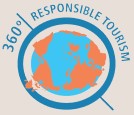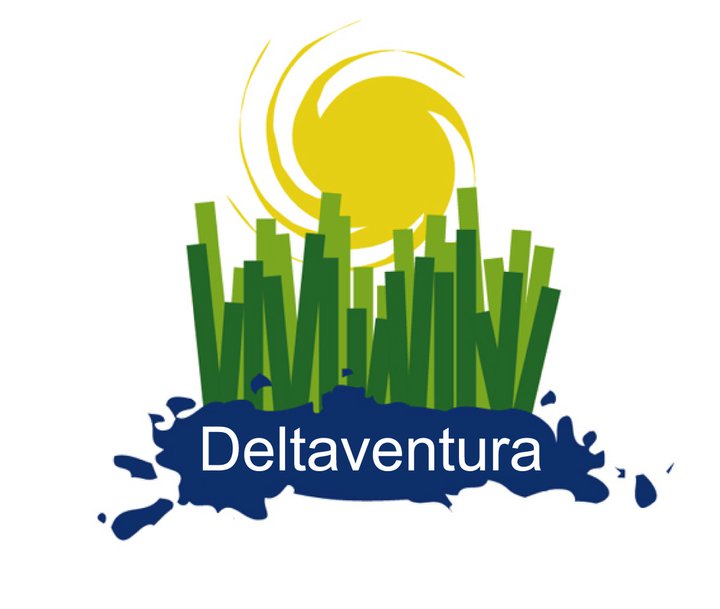Argentina is without a doubt, the most European country in Latin America. This is due to the massive immigration of Europeans that began in the late 19th Century. The population is concentrated in the city of Buenos Aires where at least 12 million people reside.
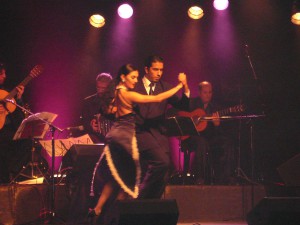 |
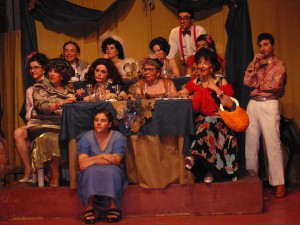 |
People from the City are known as Portenos, due to the fact that Buenos Aires began as a port and their language is full of colourful slang and expressions that make them instantly recognized when they travel to other parts of the country and world. The rest of the country, all 2,766,889km2 of it, houses the remaining two-thirds of Argentina’s 36 million people. Buenos Aires is full of opportunities for those interested in leisure activities. Tango, theatres of an international level as well as local acts and traditional fiestas distinctive to each province. Argentines are open affectionate people who generally greet each other with a kiss on the cheek, including people that they are meeting for the first time. Men also greet each other with a kiss although sometimes with a shake of the hand for the first meeting. At the end of the meeting, it is also polite to give another kiss on the cheek.
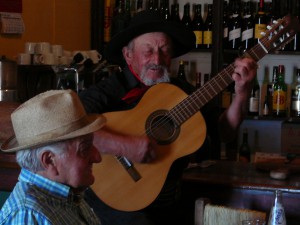 |
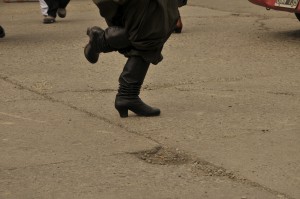 |
The national drink is “Mate”, which deserves a chapter all to itself. Briefly, mate is similar to tea. The Mate is the gourd in which the “yerba” is placed, hot water is added and the drink is consumed through a metal straw. “Mate” is a social drink as people pass the gourd from one person to the next. The “Yerba” is grown in the northeastern parts of the country in the provinces of Misiones and Corrientes.
Argentines speak Spanish, more correctly called “Castellano”. The language here is slightly different from the one spoken in Spain. Instead of “Tu”, Argentines use “Vos” and the double L is pronounced SH. The vocabulary in Buenos Aires is distinct and the colourful slang used here is known as “Lunfardo” which developed during the early Tango era of the city. Spanish from Spain is completely understood and it is also quite common to meet people eager to practice their English, the second language of Argentina. Those wishing to take photographs should not have any particular problems as long as they are taken in a respectful manner. When visiting the indigenous communities, you should always consult your guide. The incredible views at Iguazu Falls, the high plains in the Northwest, the whales in the Valdes Peninsula, as well as he western Andes and Patagonia offer spectacular opportunities for photography which draw photographers from all over the world.
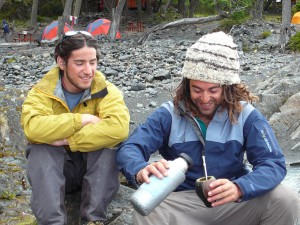 |
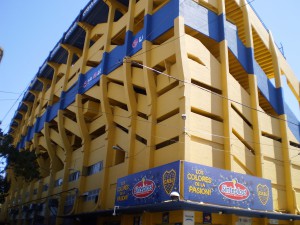 |
